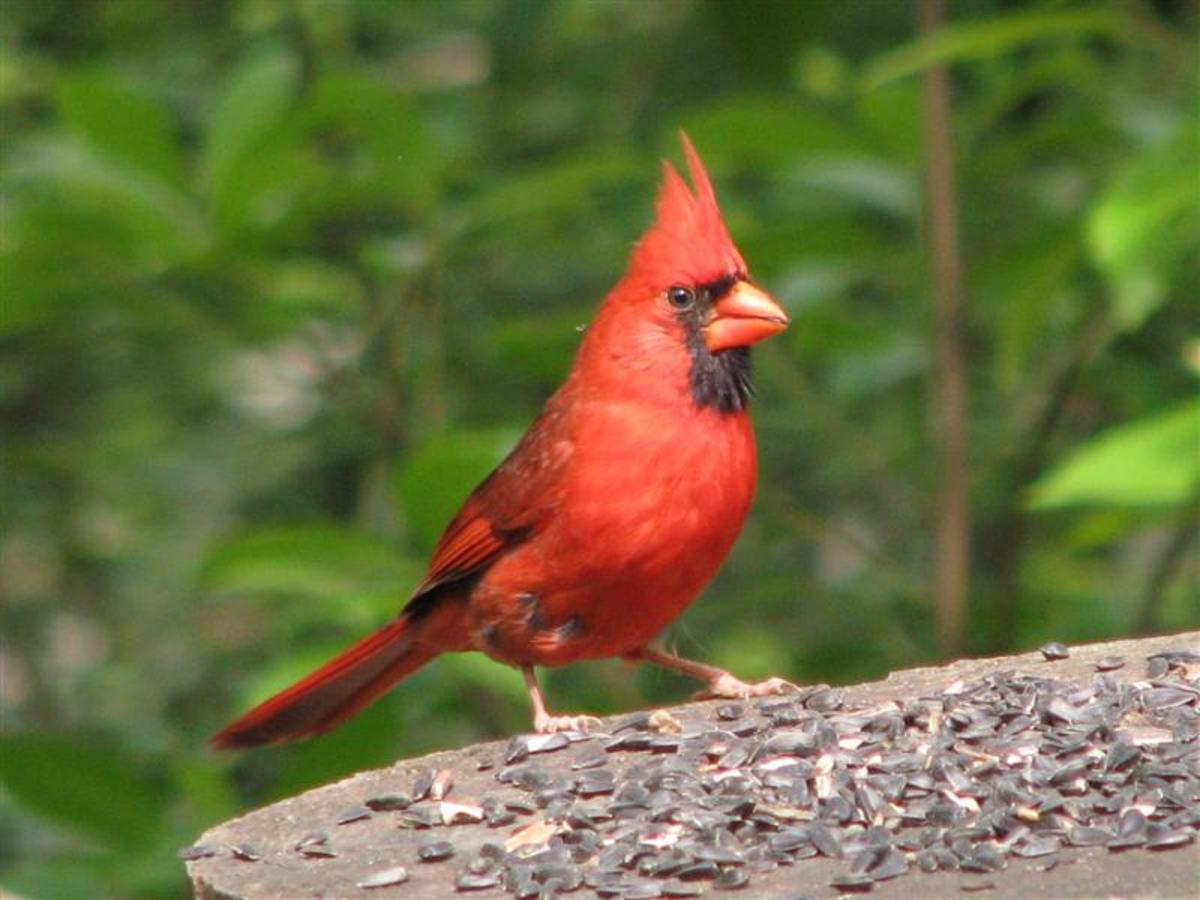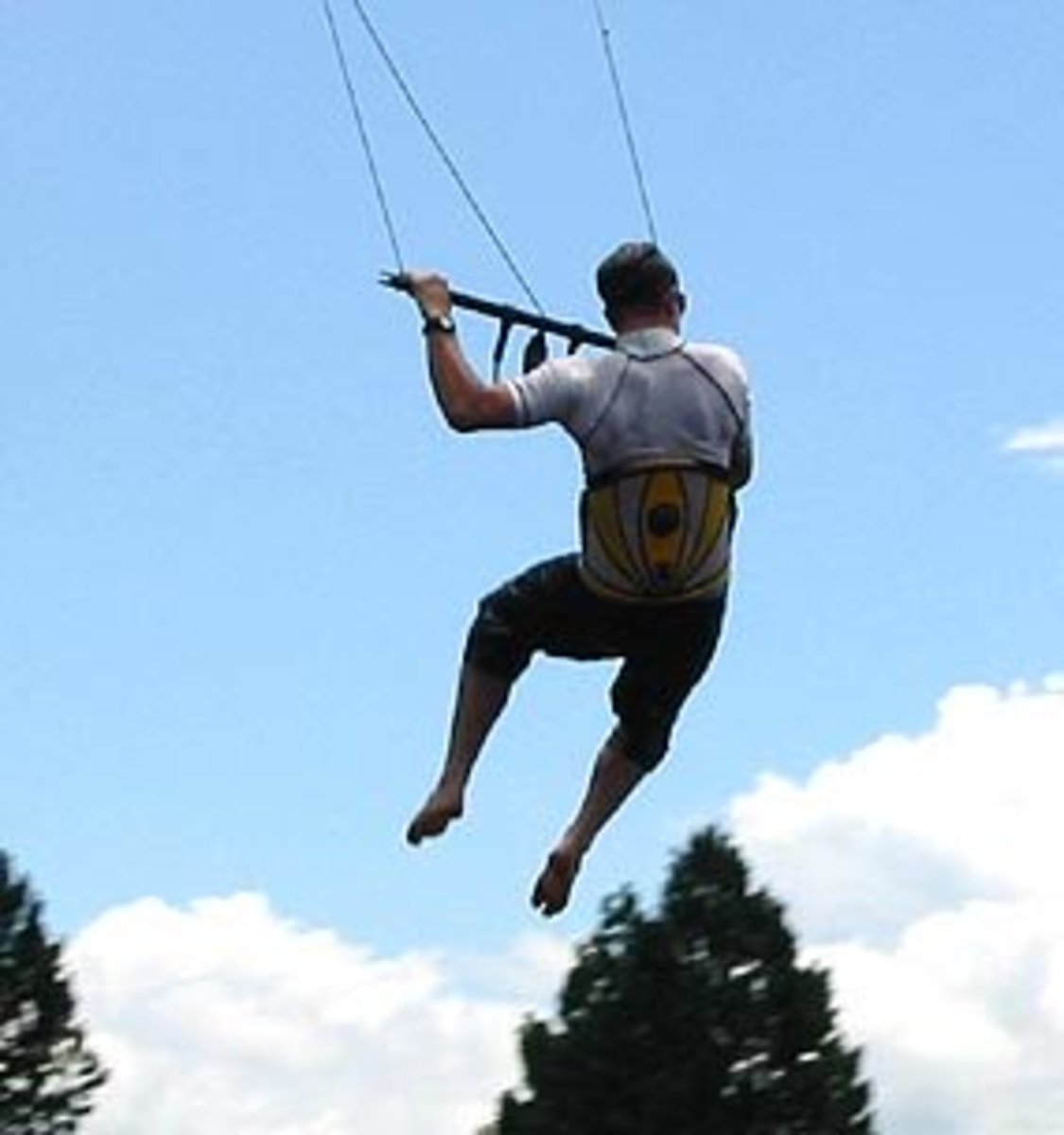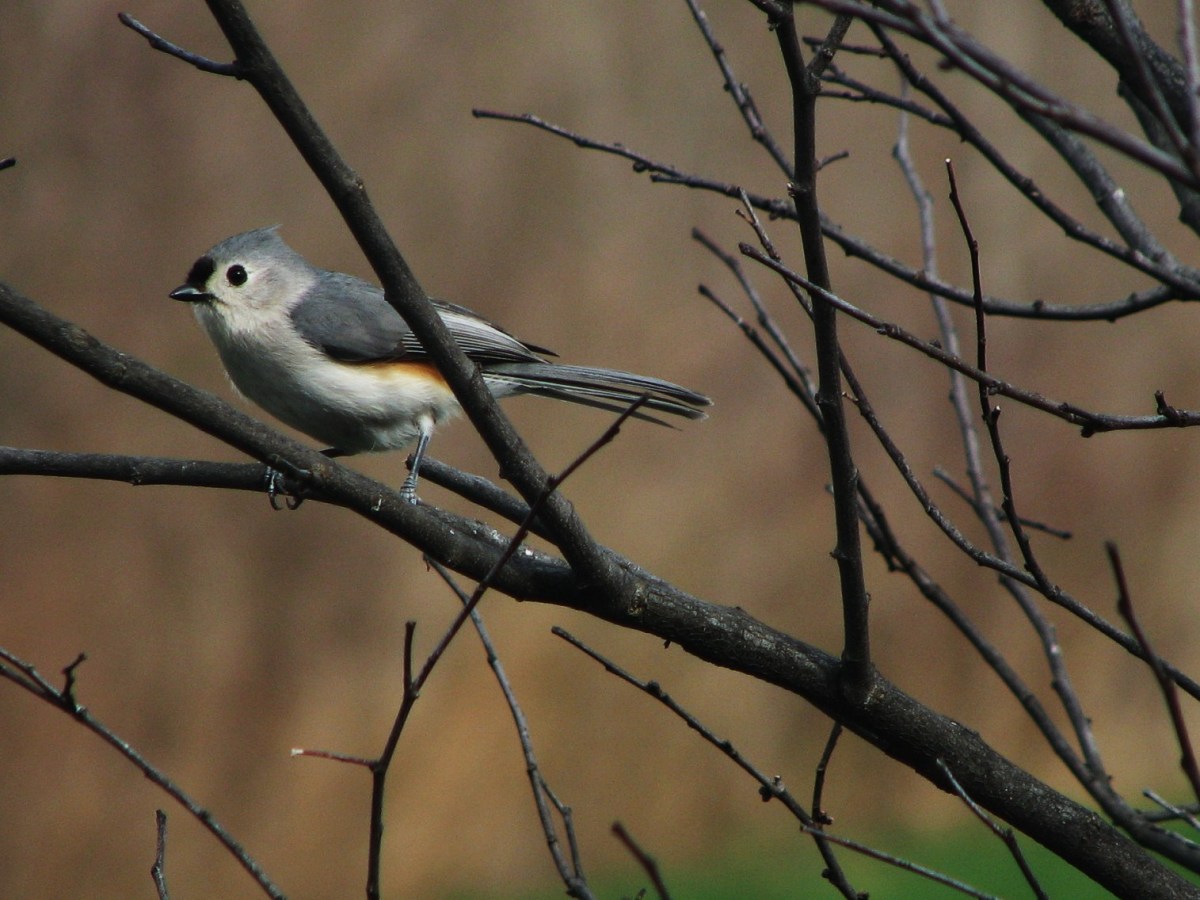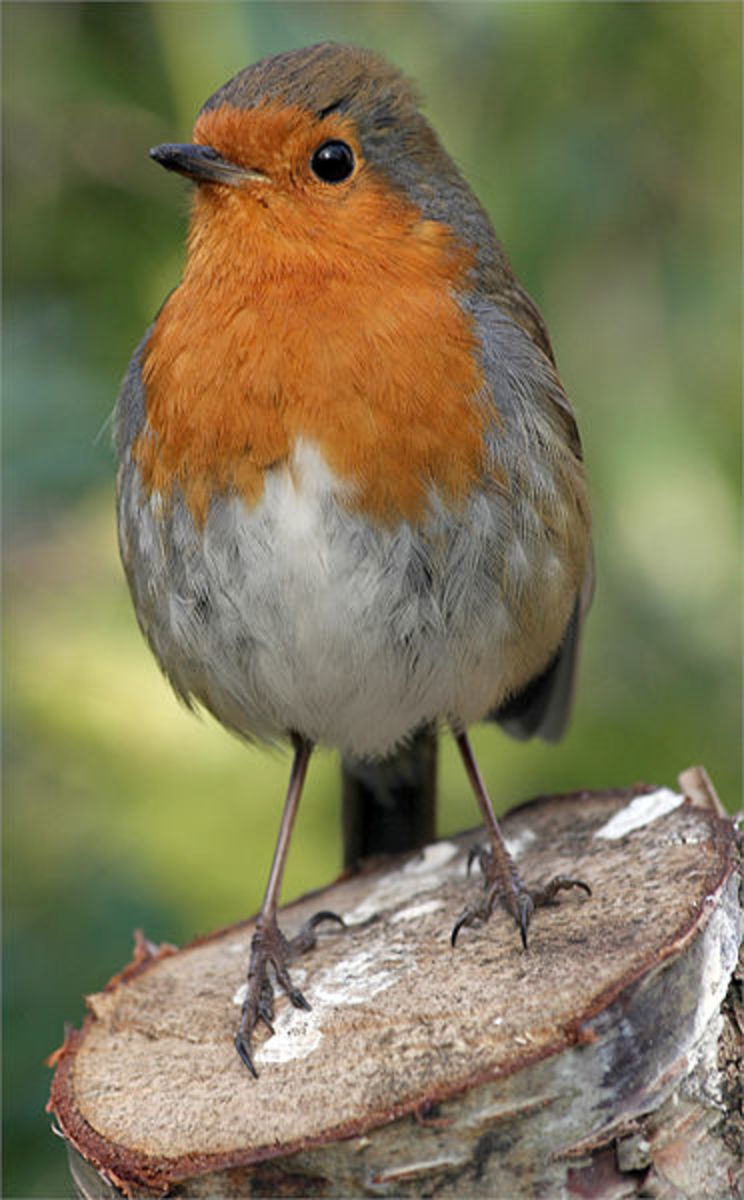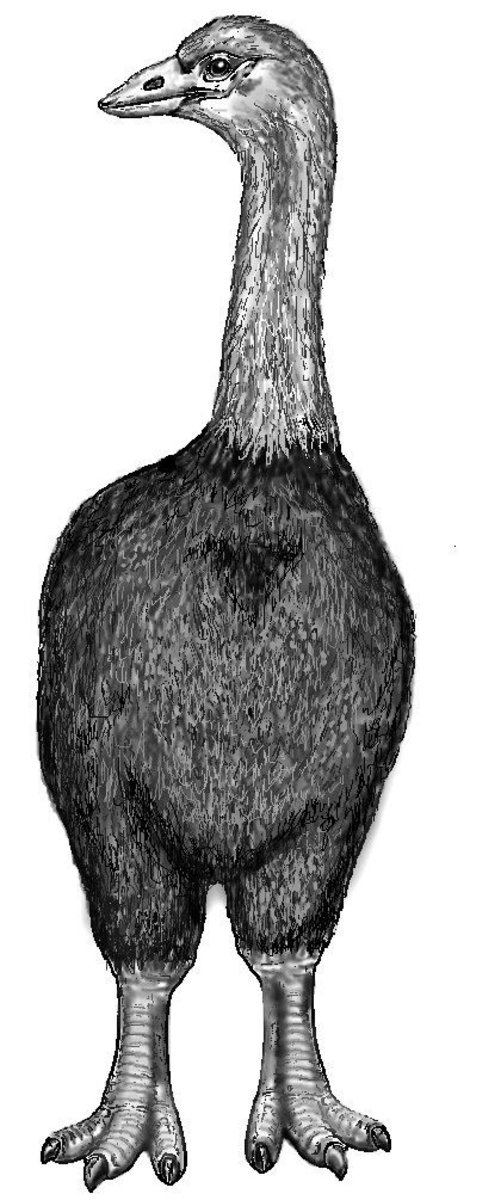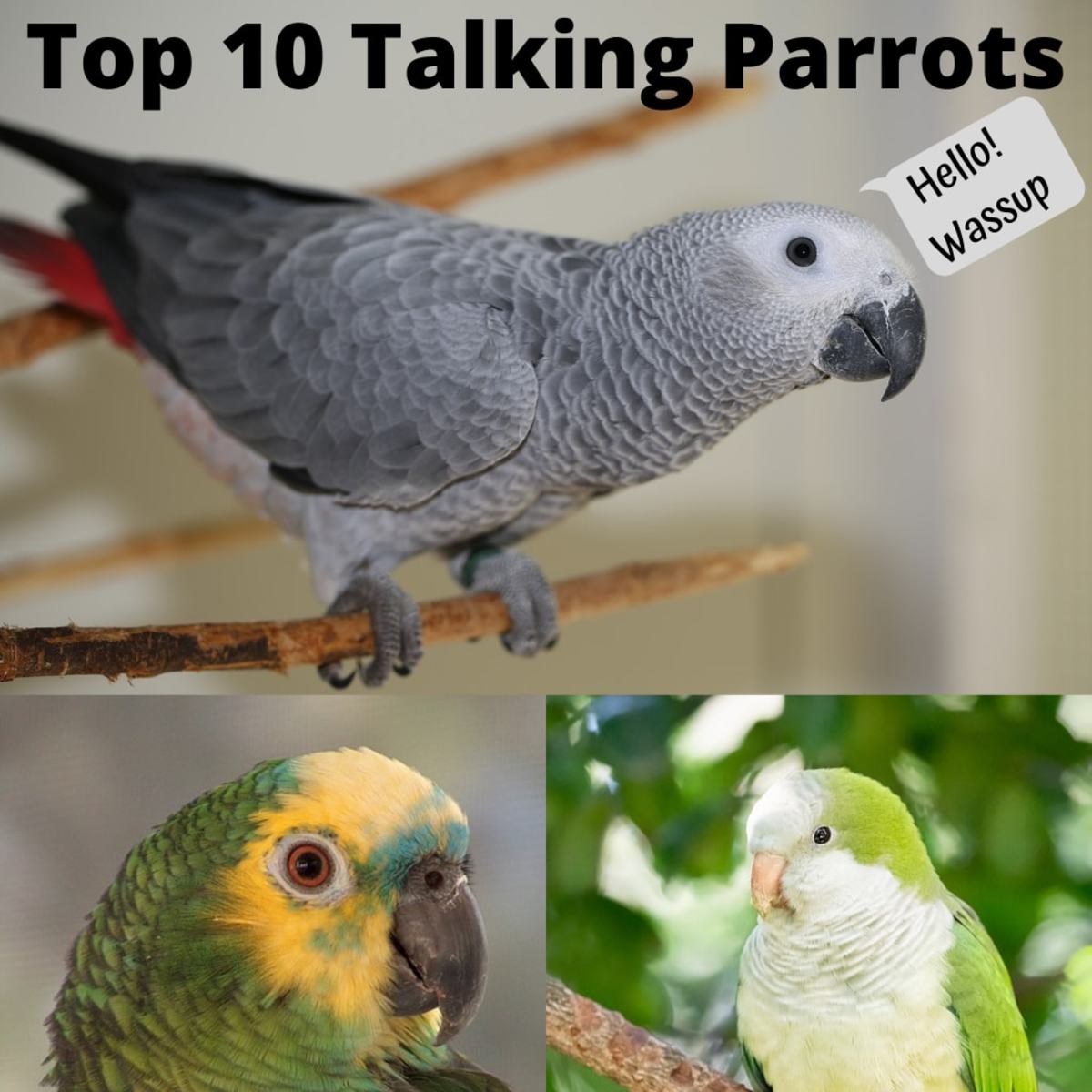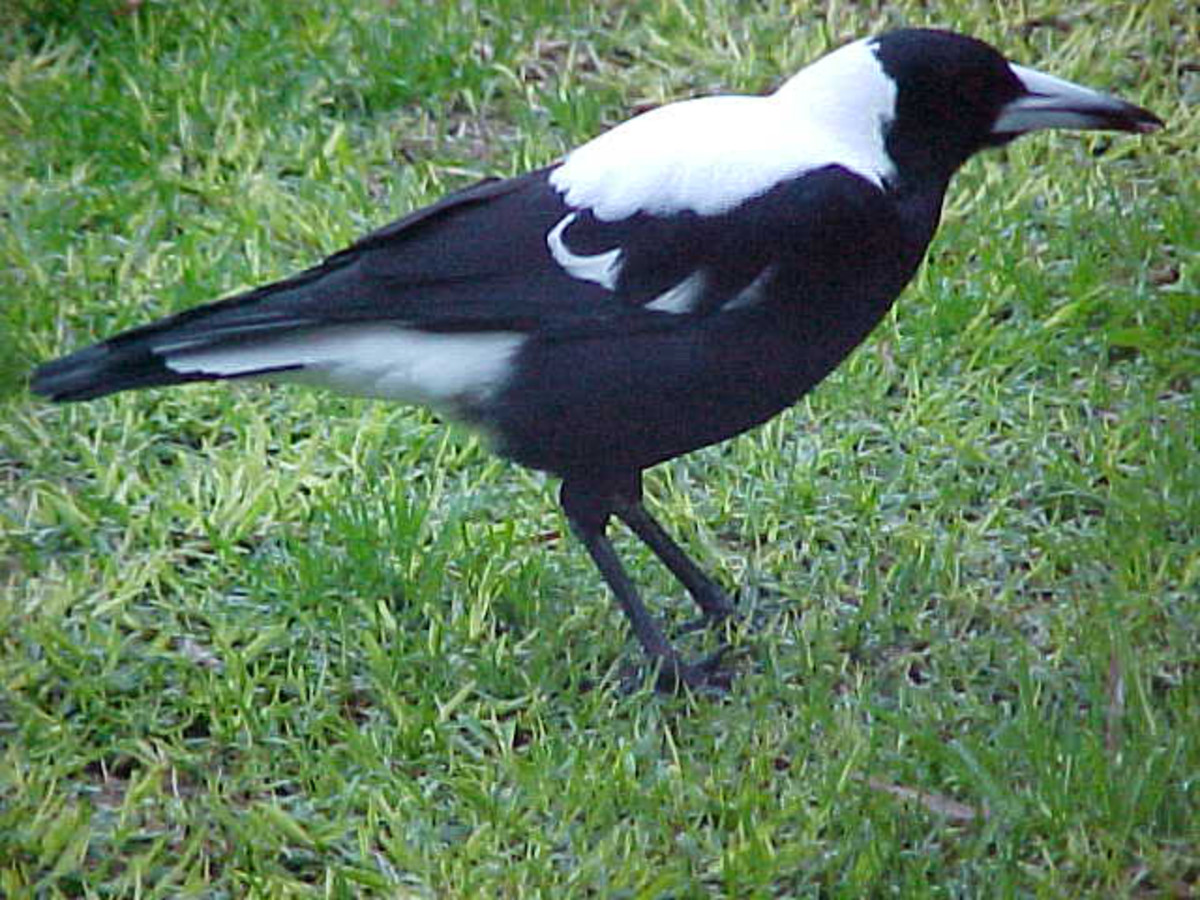Red Kite - Bird of Prey
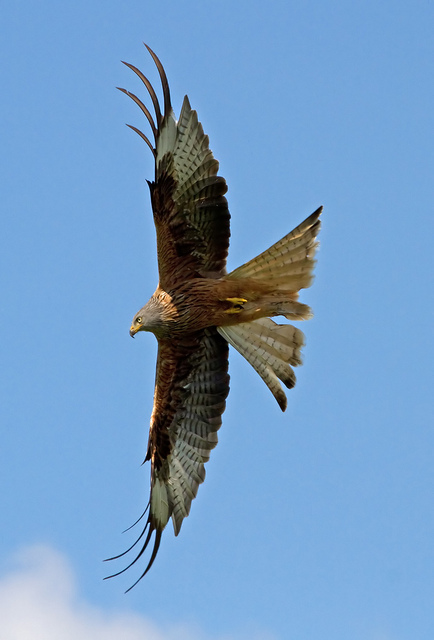
Learn about the Red Kite
I am very fortunate where I live because I see wonderful red kite birds of prey everyday, circling and swooping overhead. Red kites are a pleasure to watch and cut a distinctive shape in sky, with their russet red colour, huge wingspan and forked tail. They make a great sound too, it sounds so wild and quite out of place to hear when you're living in a town!
Only 20 years ago these elegant birds of prey were almost extinct in the UK and still remain endangered in much of Europe today. In 1989 there were just 54 red kite birds in Wales, and no other birds reported in Wales or England. Natural England and the RSPB launched a program to re-introduce the red kite back into the UK and brought red kite chicks from Spain to the Chilterns, in Oxfordshire. Today there are over 400 breeding pairs in the Chilterns, and other successful breeding populations in other parts of the UK bring the total to about 1000 red kites. This page looks at what makes the magnificent red kite bird of prey so special and where you can go in the UK to see them.
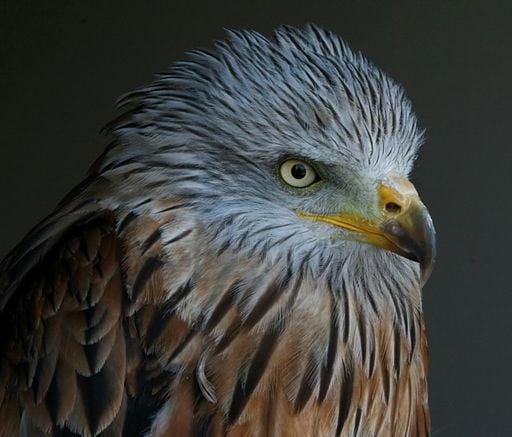
Quick Facts about the Red Kite Bird - Also known as Milvus Milvus!
-
The Latin name for the Red Kite is Milvus Milvus, they belong to the Accipitridae family, the same as vultures, hawks and eagles.
-
Red kites are social birds, you will see them in great groups here in the Chilterns. Their flight is very graceful, gliding and swooping.
-
The length of the body is 24-26 inches, females are larger than males. The wingspan for the red kite is 5 - 5.5ft, pretty huge! Despite their large wingspan they only weigh 2-3lbs.
-
Their colour is russet red, with angled wings and a deeply forked tail. The undersides of their wings have white tips, which look very striking against the red feathers. They have a grey white head, with very sharp hooked beaks and bright yellow eyes. Young red kites have a more washed out colour than the adult kites, and their tails are less forked.
-
Red kite birds in the United Kingdom generally do not migrate, although the juvenile red kite is more likely to and then return back to the place it was born - a bit like a student taking a gap year! Red kites from colder countries, such as Sweden, are often seen in the UK during the winter months.
-
Red kites can live up to 26 years!
Nesting and Breeding Habits of the Red Kite
Red kites generally pair for life, but it is thought this is due to laziness not because they are attached to each other! They court by gliding to each other at speed and veering away at the last minute - amazing to watch!
There can be "divorces" when a pair of Kites do not breed successfully together and they will then find new mates.
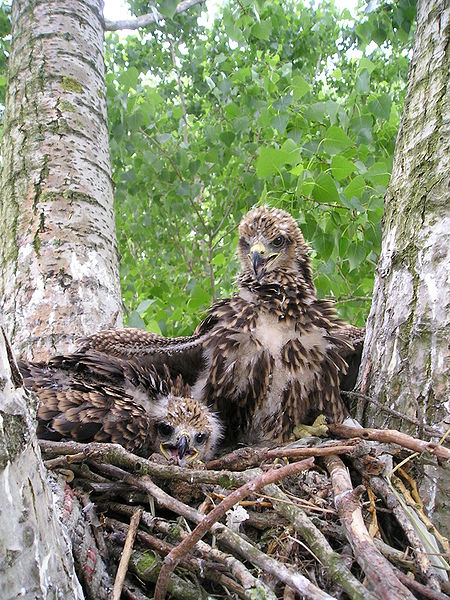
Red kites start to breed in their second year, laying 1-4 eggs in April time. The nest is usually built of twigs on the edge of woodland, high up in a tree and is lined with sheep's wool or grass.
They also like to collect oddities to line their nest, if you drop a glove on a walk - a red kite may think it is the perfect ornament for their nest!
Red kites are easily disturbed from their nests; even someone walking under the tree where they are nesting can cause them to abandon the nest. The eggs hatch in about 30-34 days. Both the male and female incubate the egg, but the female does most of the work. The chicks leave when they are about 8 weeks old.
The Red Kite Nest Watch
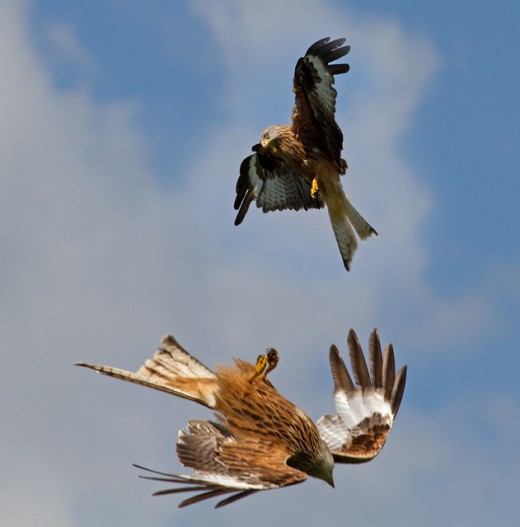
What Do Red Kites Eat?
Red kites are scavengers rather than hunters and will feed off dead animals, such as a dead rabbits or sheep. As well as carrion they like to eat fish, worms, insects and chicks. Their talons and beak are not strong enough to pierce through the flesh of a dead animal, so they will wait until another predator has made in roads into the meat before they have their fill.
There is no need to artificially feed red kites in the Chilterns, but in other areas of the UK there is a need when there is a lack of food they can eat. The Gigrin Farm in Wales has an artificial feeding program, and you can go and visit them to watch this spectacle! It is possible to feed red kites yourself in your garden but you must adhere to strict guidelines. You must take care not to feed red kites processed or cooked meat, and you must be careful not to attract rats and annoy your neighbours! There is much debate as to whether people putting food out for red kites in their gardens is a good or bad idea, read more here about red kite bird feeding guidelines if you would like to know how to feed them.
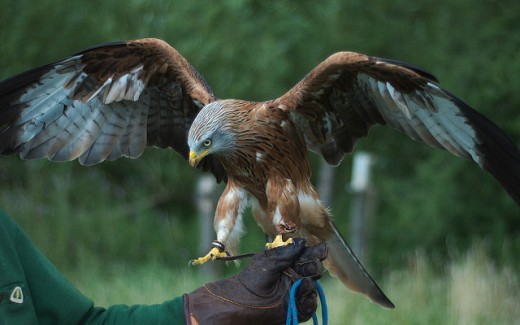

History of the Red Kite
In the Medieval England the red kite bird of prey was a common site in our cities and towns, William Shakespeare even said that the London was a city of "red kites and crows"! Red Kites were not killed or hunted because they actually helped keep the streets clean from rotting carrion (such as rats) and food and were protected by Royal seal.
Then Henry VIII passed a "vermin law" in 1532, "ordeyned to dystroye Choughes, Crowes and Rookes". This was added to by Elizabeth I in 1566 - and was a list of all the wildlife that constitutes as "vermin" and a bounty was placed on the red kite's head.
This vermin law encouraged people to kill wildlife that was seen as a threat to agriculture and were paid to do so, how much they would get depended on the animal. The bounty offered was "one penney for the head of every Woodwall, Pye, Jaye, Raven or Kyte." As well as red kites there was a bounty for killing owls, badgers, kingfishers and even hedgehogs - who were thought to steal milk from cows at night! Millions of animals were killed due to this law.
Persecution of the red kite continued up until the 20th century, and the rarer the bird got the rarer the eggs were. Egg collecting was a popular hobby in Victorian England, and stealing the eggs of the red kite meant no chicks would hatch - further decreasing the red kite population.
Coupled with pesticide use, game hunting and loss of habitat as towns grew and spread that by the early 1900s there were just a few pairs of red kites in mid-Wales. Luckily local landowners had the foresight to try to set up an unofficial "Kite Committee" to protect this bird from extinction. Instead of a bounty to kill the red kite, as with the vermin law, landowners were paid a bounty to protect their nests.
By the 1920s the RSPB took over the initiative in Wales, but the bird population did not significantly rise until 1989 when Swedish red kites were released at sites in Wales, the Chilterns and Scotland. Successful breeding was recorded in 1992 and today each of these sites has a thriving population of red kites.There are now around 1000 breeding pairs in the UK. So it took 100 years to bring the red kite bird back from near extinction!
The Red Kite Aeroplane!
Where to See Red Kite Birds in the UK
Great Websites About Red Kites - Learn more about this beautiful bird of prey here
- Red Kite Feeding Station - Gigrin Farm!
Red Kites are fed at Gigrin Farm every day of the year. Learn about these wild and beautiful raptors, Red Kite Wing Tags, Red Kite Rehabilitation, Welsh Kite Trust and KiteWatchers Wildlife Breaks - The RSPB: Red kite
This magnificently graceful bird of prey is unmistakable with its reddish-brown body, angled wings and deeply forked tail. It was saved from national extinction by one of the world's longest running protection programmes, and has now been successful - Bird Watching Tours in Wales by Red Kite Safaris
Red Kite Safaris are birdwatching and wildlife tours in central Wales. See Red Kites, Peregrines, Ravens, Chough, Merlin, Dolphins and a host of other birds and wildlife in the company of your guide. - Friends of Red Kites in NE England
Red kites in the North-East of England. - Southern England Red Kites
The Southern England Kite Group (SEKG) monitors the red kite population in the Chilterns and surrounding area. Red kites were reintroduced into the Chilterns over a six year period starting in 1989, by the Nature Conservancy Council (NCC ) (now Natur - Galloway Red Kite Trail
The Galloway Red Kite Trail, an exciting birdwatching opportunity to view spectacular red kites in lovely scenery is now attracting the attention of walkers, cyclists, wildlife lovers and birdwatchers in Dumfries and Galloway and from much further af

